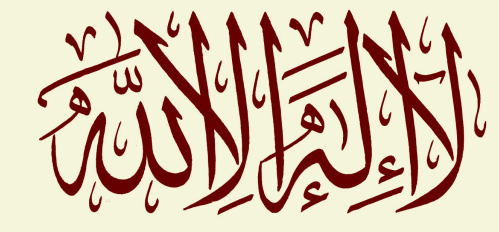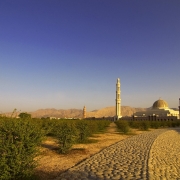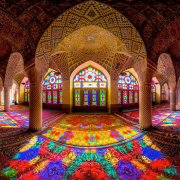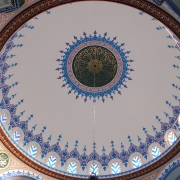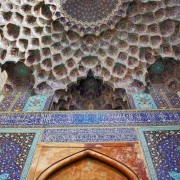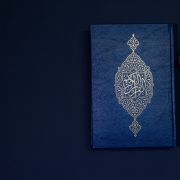Signs and Causes: Astro-Meteorology in Early Islamic Centuries By Razieh S. Mousavi
Before the existence of weather stations, people relied on a variety of visible and invisible signs to predict the weather. Among Arabs, observing the regular motions of the stars was a common method for weather forecasting, both before and after the rise of Islam. How did they perceive the connection between cosmic and atmospheric phenomena?
In many past societies, including pre-Islamic Arabia, astronomy and weather forecasting were closely connected, and this knowledge played a crucial role in the region’s economic considerations. After the advent of Islam, this understanding was further enriched by the rapid exchange of ideas with neighboring cultures, blending climatic and environmental concepts with astronomical principles, a synthesis that is evident in the literature from that era. While there is some continuity in Arabian knowledge of astronomy and weather between the pre-Islamic and Islamic periods, notable differences also stand out.
Pre-Islamic records are primarily archaeological, such as stone inscriptions, 2 and fragmented poetry, much of which was preserved through Islamic manuscripts. 3 In contrast, sources from the Islamic period, particularly from the late eighth
century onward, are far more diverse and extensive. 4 Another significant difference lies in how this knowledge was created and used. In the Islamic period, knowledge production was primarily state-supported, leading to a more formal and elite-driven approach tied to political and administrative needs. On the other hand, pre-Islamic knowledge of the environment was less structured, based largely on individual observations and regional traditions. Modern scholarship
commonly refers to this body of astro-meteorological knowledge in Arabia, as “folk astronomy” to emphasise its informal, observational character compared to the more advanced and systematic studies that emerged in Islamic societies. However, this lable should not obscure the dynamic encounters between different approaches and practices across changing religious and intellectual contexts
